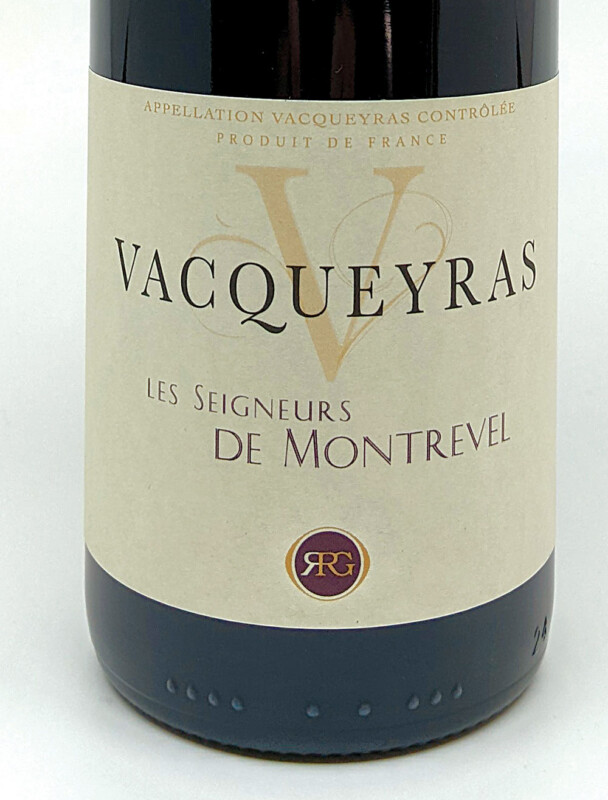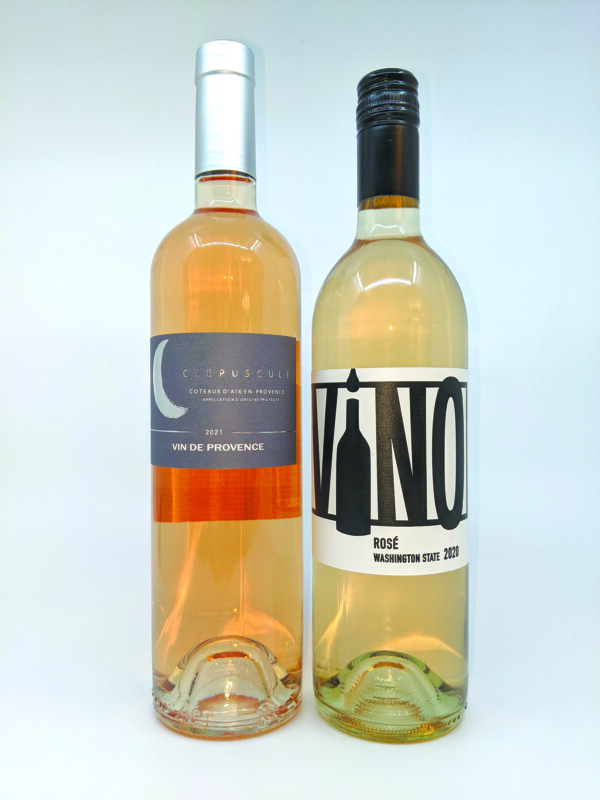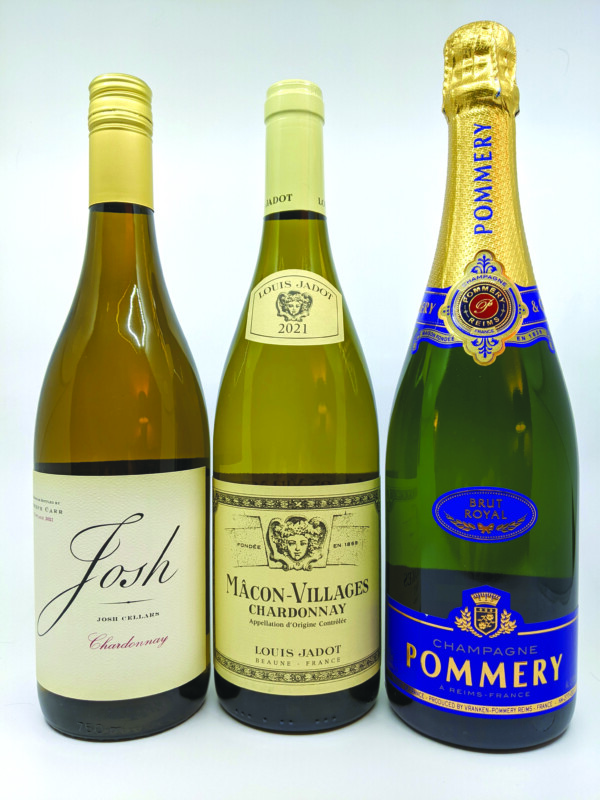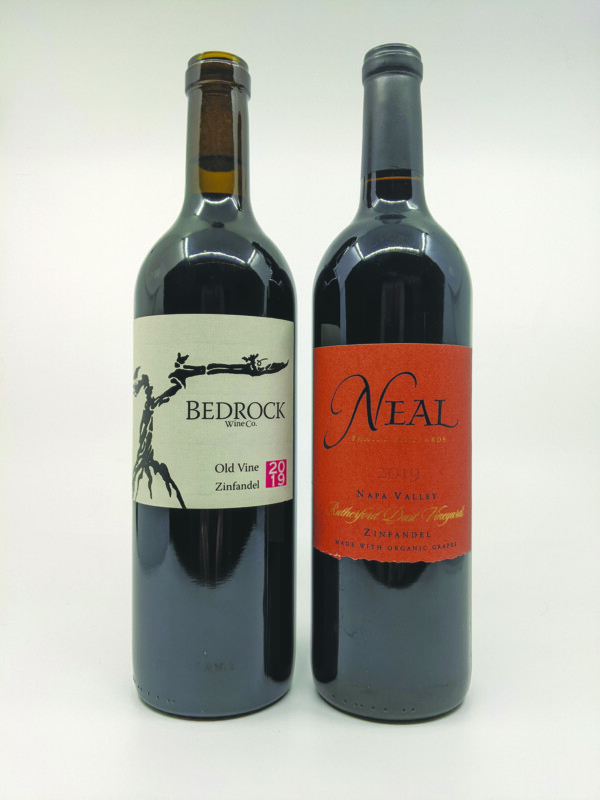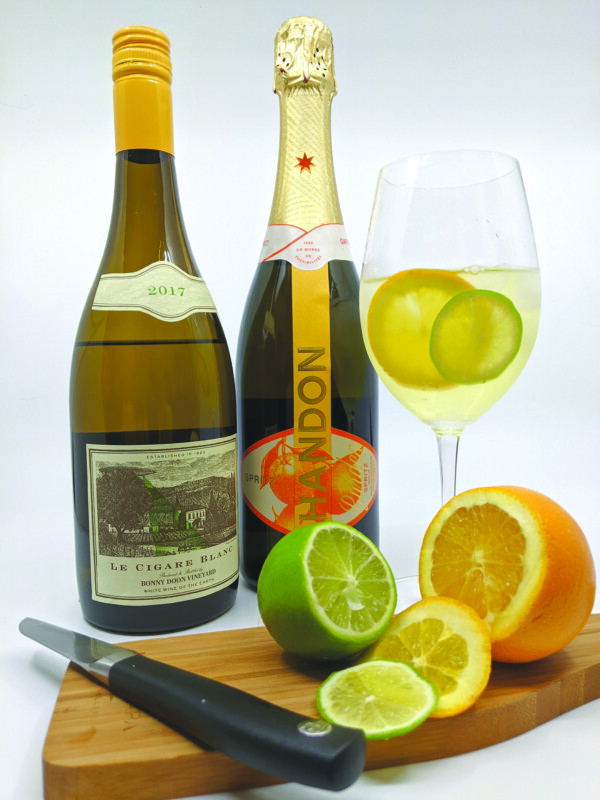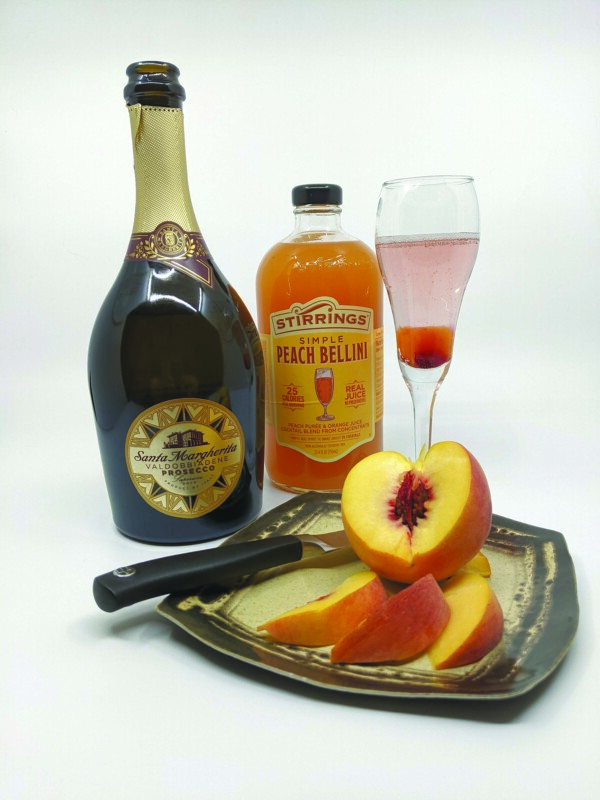A robust red for a robust dinner
Over the weekend, we were invited to dinner at a friends’ house. I asked what we could bring, and the response was: the wine! I then asked what was being served. Beef osso buco, made with locally grown organic beef, was the response. Immediately, like a Pavlovian dog, my mouth started to water.
Osso buco, translated as “hole-in-the-bone” from Italian, is a slow-cooked shank crosscut of meat. It originated in northern Italy and traditionally was made with veal, but beef and lamb are also popular. The recipe includes a mirepoix of onions, carrots and celery, that fundamental base for all stews and braising. There are numerous recipes for osso buco, some calling for tomato paste, others not, but a traditional addition is gremolata, a mixture of parsley, orange peel and garlic, as a side or included in the final steps of the hour-long slow cooking of the dish. The singular appeal to this dish is the intense flavor and richness imparted by the marrow found within the bone. Osso buco is typically served on a bed of mashed potatoes or polenta.
“How wonderful does all this sound?” I thought to myself.
Following a couple of days of rain, the skies have cleared to a deep blue, a beautiful backdrop to the incredible colors of fall we are blessed with every year. With warm days and cool nights, we begin to enjoy the late growing season of our gardens turned into hearty fare. And so the question arises: What kind of wine do we begin to roll out, to pair with this shift in menu?
The wine should be able to stand up to the richness of the food that is slowly simmered in thick sauces. This is the time we set aside the cabernet sauvignons and even the lighter sangioveses and opt for wines with “tooth.” A malbec or a grenache and syrah will pair nicely. Among my favorites are the wines of the south of France, the wines of the Rhone River Valley. The wine I brought to this dinner was a bottle of Domaine de la Charbonniere Vacqueyras that for the moment isn’t available in New Hampshire. Fear not, though, as New Hampshire has several wines from the Vacqueyras appellation that are superb.
One wine worth recognition is Les Seigneurs de Montrevel Vacqueyras (available at the New Hampshire Liquor & Wine Outlets, priced at $29.99 and reduced to $24.99). I found this to be an equal to the bottle brought to the dinner. It is a blend of 60 percent grenache, 30 percent syrah and 10 percent mourvedre. The color is a deep red. To the nose, there is an abundance of black cherry, wild berry, plum. This follows through to the tongue with subtle textures of dark chocolate and oak, from the time spent in barrique. This wine needs decanting.
The Vacqueyras appellation is in the southern Rhone wine region. It is primarily a red wine region, with some white and rosé wines being produced. It lies alongside the Gigondas and Chateauneaf-du-Pape appellations, who both grow the same varietals but are more prestigious. The Vacqueyras wines are more approachable, frequently offered at half the price of the others. Slight differences in terroir, their soils and exposure to sun and winds add complexity to those finer wines. However, the wines of the Vacqueyras should not be dismissed and offer one the invitation to try a wine that would otherwise be dismissed because of price.
Enjoy these beautiful fall days with a hearty slow-cooked meal, joined by a bottle of wine that will stand up to the robust flavors of this simmering delight. Enjoy the fruits of your harvest with a bottle of wine from the Rhone River Valley that seems to be made to fit exactly with that wonderful meal.
Fred Matuszewski is a local architect and a foodie and wine geek.

